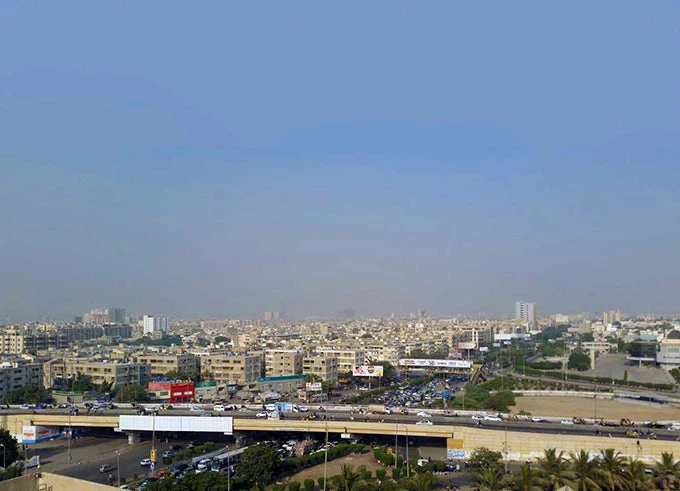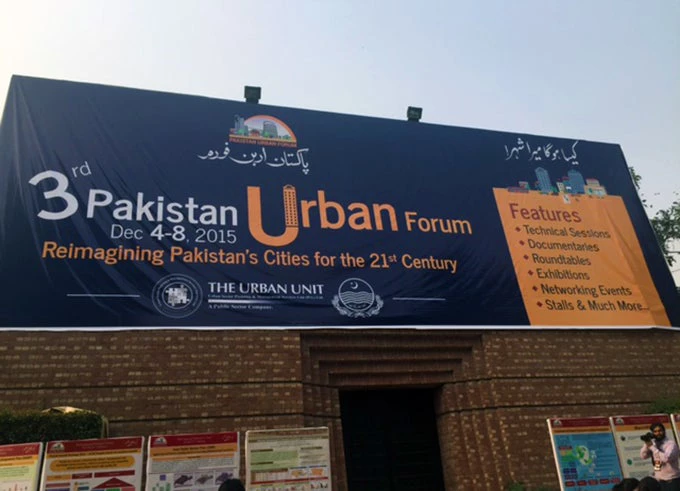
Karachi’s urbanization has had a physical impact on surrounding cities,
creating sprawling and underleveraged agglomerations
Credit: World Bank
Properly managed urbanization will be critical as Pakistan’s urban population continues to increase.
Urbanization growth is already stretching cities’ resources. Pakistan faced an urban housing shortage of approximately 4.4 million units in 2010 and Karachi ranked 135 out of 140 countries in the Economist Intelligence Unit’s 2015 livability index.
Focusing on the forum’s theme of “Reimagining Pakistan’s Cities for the 21 st Century,” Ellis aligned the Flagship Report’s findings with the Pakistan Vision 2025, which places a premium on job growth in the cities by investigating how urbanization offers an opportunity to transform economies and enhance both livability and prosperity.
Speaking later, Mark Roberts, World Bank Senior Urban Economist, and Jon Kher Kaw, a Senior Urban Development Specialist, highlighted data at the regional and city level, focusing on the spatial patterns of urban development and its impact upon the economy.
Illustrating their findings with nightlights data, which corresponds closely with economic activity, and the study of multi-city agglomerations, Roberts and Kaw showed that Pakistan’s residents have begun to move to suburban and peri-urban areas, following transport links and creating ribbon development, while the traditional city cores have been vacated. This movement of people and jobs has had a physical impact upon cities, creating sprawling, underleveraged agglomerations.
Looking at case studies from the region of how public transportation has helped better connect people to jobs or how densification at the city core might transform and revitalize the city, the two made a strong case of compact cities with a network and variety of travel modes and job opportunities.

students, government officials and civil society. Credit: The World Bank
Many other presenters at the forum representing the government, universities and civic organizations expressed similar concerns about unrestricted growth of Pakistan’s urban areas.
In March 2016, the government of Pakistan will begin to conduct its first census since 1998. That will reveal the conditions of the country’s cities and their residents, and should help identify specific areas for policy action.
Having now launched the World Bank’s South Asia urbanization report in India, Sri Lanka and Pakistan, the team will visit Bangladesh next to connect with policymakers and stakeholders there.
Read the report and learn about the World Bank’s South Asia Urban Unit: www.worldbank.org/southasiacities


Join the Conversation